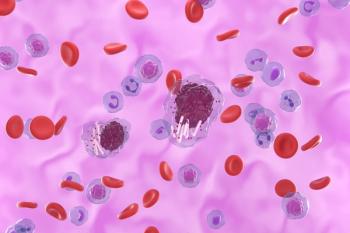
Study: Improvements Needed in Post-Acute Care Interventions for AECOPD
Hospitalization for patients with acute exacerbated chronic obstructive pulmonary disease (AECOPD) create a significant burden for the patients and healthcare system. Improvements to key elements of care are necessary in order to relieve these major burdens, according to new research published in International Journal of Chronic Obstructive Pulmonary Disease.
The
“In-hospital management of AECOPD is focused on the acute stage with demand-responsive measures, ie, pharmacotherapy, oxygen therapy and, if necessary, noninvasive ventilation or invasive mechanical ventilation,” the authors explained. “However, it must be acknowledged that exacerbations leading to hospitalizations are an acute and severe worsening of a preexisting chronic disease and harbor a high risk of recurrence.”
Of the 263 hospitalizations that were analyzed, the median length of stay was 9 days and 32% of hospitalizations consisted of patients with previous AECOPD hospitalizations. In addition, the implementation rates of 4 acute care interventions were greater than 75%, compared to less than 25% for the implementation rates of 5 post-acute care interventions.
The acute care implementation rate was 56% for the appropriate administration of antibiotics, with over-prescription in 38% of the cases and under-prescription in 6%. The interventions for smoking cessation were present in 47% of the currently smoking patients and the referral for rehabilitation was suggested in 24% of the cases.
“These findings of potential shortcomings in hospital care, however, require careful interpretation. The majority of the post-acute care interventions are not linked to clearly defined and traceable technical processes as acute care measures are (eg, radiologic imaging),” the authors wrote. “In some cases, self-management interventions and also smoking cessation interventions, for example, might have been delivered to patients without according documentation in the medical chart or in the discharge letter.”
The study demonstrated the need for improvements in post-acute care interventions for AECOPD. The researchers suggested better communication and documentation practices in order to improve patient care.
Newsletter
Stay ahead of policy, cost, and value—subscribe to AJMC for expert insights at the intersection of clinical care and health economics.









































